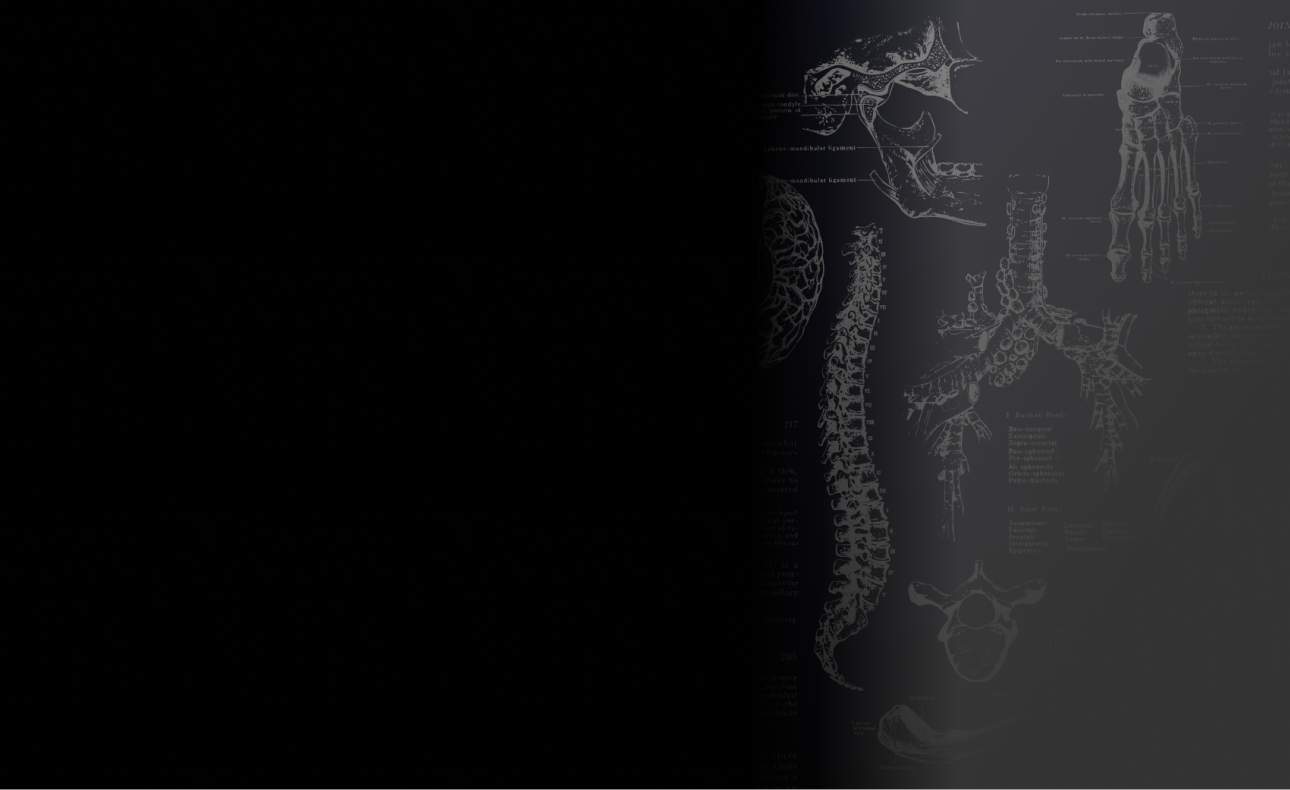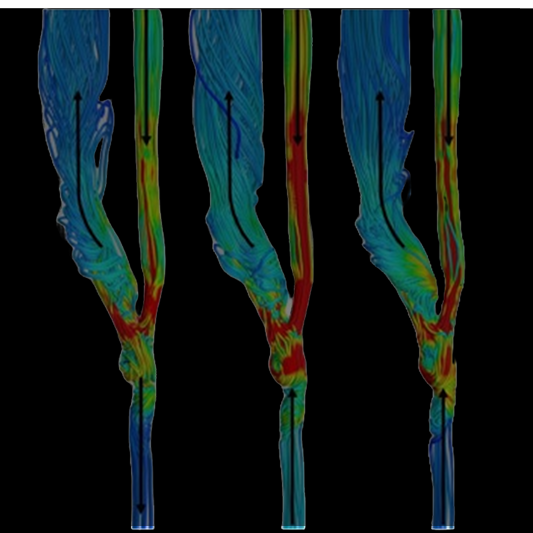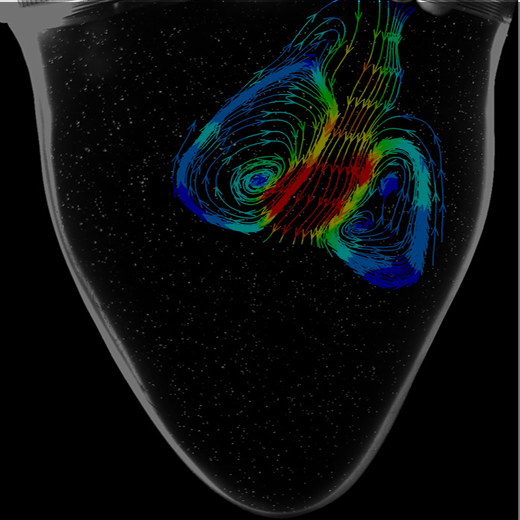Computational
Surgical
Foresight
Run AI-powered CFD simulations to test surgical and interventional strategies—find the safest, most effective, and hemodynamically sound option in minutes.

Run AI-powered CFD simulations to test surgical and interventional strategies—find the safest, most effective, and hemodynamically sound option in minutes.
We understand blood flow to identify procedures with decreased complications such as fibrosis.
By studying both anatomy and fluid behaviour across different interventions, we can personalize surgeries.
We support surgical design by flagging the vascular access sites most likely to optimize patency.



We run CFD simulations in vascular, cardiac and neurovascular interventions to build training datasets for our AI models. We are studying the following metrics:

GNNs are AI models where nodes and edges represent blood vessel anatomy and flow. These help capture how vessel structure influences blood dynamics and:

We streamline the process of using medical imaging for flow modeling. Our pipeline segments vessels and prepares them for simulation with minimal manual input.

We monitor the outputs our AI models generate and evaluate physics equations with them. This ensures our models are always grounded in physics.

We are passionate about using our AI models to improve patient outcomes.
We anticipate that our models could be used in cardiothoracic surgery, vascular surgery, interventional radiology and neurovascular surgery. Scroll further to learn more.




This includes vascular access and stent placement. For example, AV Fistula & graft patency are based on blood flow. We predict the optimal site that allows for graft patency and demonstrate the estimated blood flow maps.

This includes high-risk cardiac procedures such as graft, valve placement and reconstructions. For example, in pediatric cases, we work on optimizing long-term flow in patients.

This includes cerebrovascular procedures where personalized blood flow modeling can improve outcomes such as rupture prevention and long-term durability. Using AI and CFD, we support neurosurgeons in reducing uncertainty and enhancing surgical planning.